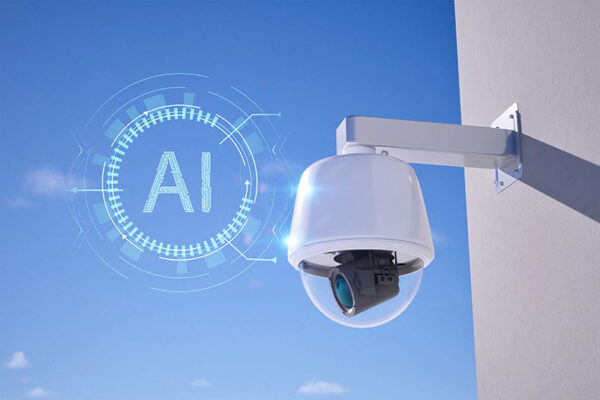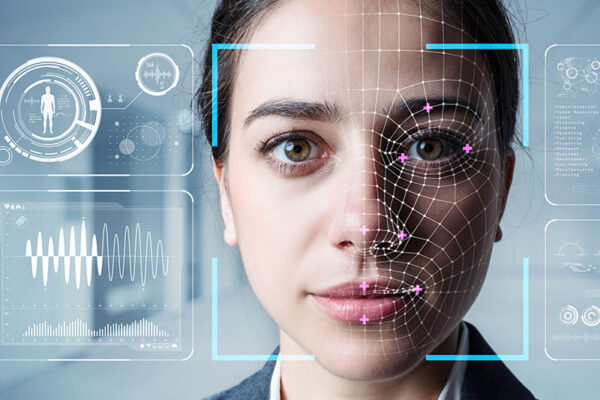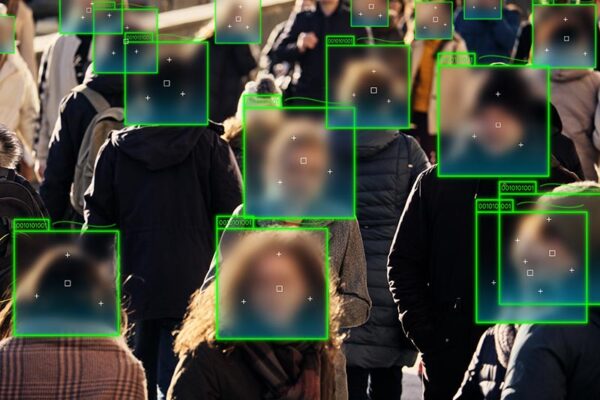Smart Security and Edge AI: Transforming Surveillance
October 23, 2025
Estimated reading time: 4 minutes

Security and surveillance systems are evolving. Advancements in artificial intelligence (AI) provide smarter, more dependable security solutions. Edge AI enables real-time data processing at the source.
Wireless connectivity enables intelligent devices to operate virtually anywhere.
The Internet of Things (IoT) and edge AI combine to enhance security and surveillance systems through:
Together, these technologies are redefining how organizations safeguard people and property. They deliver smarter, more reliable security solutions for today’s complex environments.

A facial recognition camera using edge AI and machine learning (ML) doesn’t require a remote server. Instead, it processes, analyzes and filters data locally at or near the camera.
Data managed closer to its source allows for faster facial recognition detection, which is crucial for security. Processing data at the edge also lowers latency and reduces noise.
Edge AI removes space and distance limitations by bringing intelligence directly to the device. This eliminates the need for bulky server infrastructure, making it ideal for compact or remote deployments.
Security and surveillance applications can operate effectively regardless of location. Whether it’s a rural security checkpoint or a drone monitoring an urban crowd, edge AI ensures consistent performance.
While AI can operate without connectivity, edge AI-enabled devices must often send data beyond the device. This requires wireless connections, such as Wi-Fi for local networks or cellular for wide-area coverage. These connections enable devices to transmit data to:
With wireless connectivity, security cameras and sensors function at the edge without coax cables or other wired solutions. This is especially valuable in locations where installing physical wiring is costly or impossible.
In recent decades, public transportation and large public events have increasingly become prime targets for bad actors. Environments, such as busy airports and sports stadiums, draw large crowds, making them susceptible to various security threats. Traditional security measures often struggle to keep pace with the scale and complexity of these settings.
Edge AI offers a vital solution to these challenges. By processing data locally on devices like cameras and sensors, edge AI enables real-time analysis and rapid response. This empowers security personnel to quickly identify known threats or dangerous individuals.

Face scanners have become an established method for verifying someone’s identity. When a person shows their ID, they must stand in front of a scanner that takes a picture.
The system then performs facial recognition, using ML to analyze and map the person’s unique facial features.
By creating a detailed profile from these characteristics, the scanner can identify specific high-profile individuals at a scale that would be impossible for a human.
ML models used in facial recognition analyze a complex array of subtle details that make each face unique. ML distinguishes faces based on features like:
Encoding these details into a mathematical “faceprint” allows ML to accurately distinguish between individuals.
After analyzing facial features, the scanner uses ML and edge AI to process the data locally. It compares its live photo with the image on the ID to verify the person’s identity.

Unlike public transportation, public events often lack an admission line. Security personnel have no designated area for people to pass in front of a facial recognition camera.
Large outdoor gatherings, like parades and festivals, aren’t designed for individual facial scans.
It is also difficult to capture a clear image in a crowd. People may be turned away or tilting their head at an angle. Some stand so close together that their faces overlap in the camera’s view.
Facial recognition technology enhanced by edge AI overcomes these challenges. The camera captures the visible parts of the person’s face. It then uses 3D facial recognition and geometry to create a face composite. The system compares this composite to its database of known targets to identify potential threats.
Edge AI-enabled security solutions require multiple IoT components, including modules, connectivity and platforms. Telit Cinterion is a leader in IoT innovation, offering a robust portfolio of AI-enhanced products. Our solutions enable seamless data transfer from edge devices to business applications, an essential capability for modern security systems.
We take an end-to-end approach, providing every component needed to simplify and scale your IoT security solution. Backed by over 30 years of experience, we connect IoT systems to applications, streamlining device, data and connectivity management.
Ready to accelerate your next security project? Request a consultation to learn how we can support your IoT security solution.